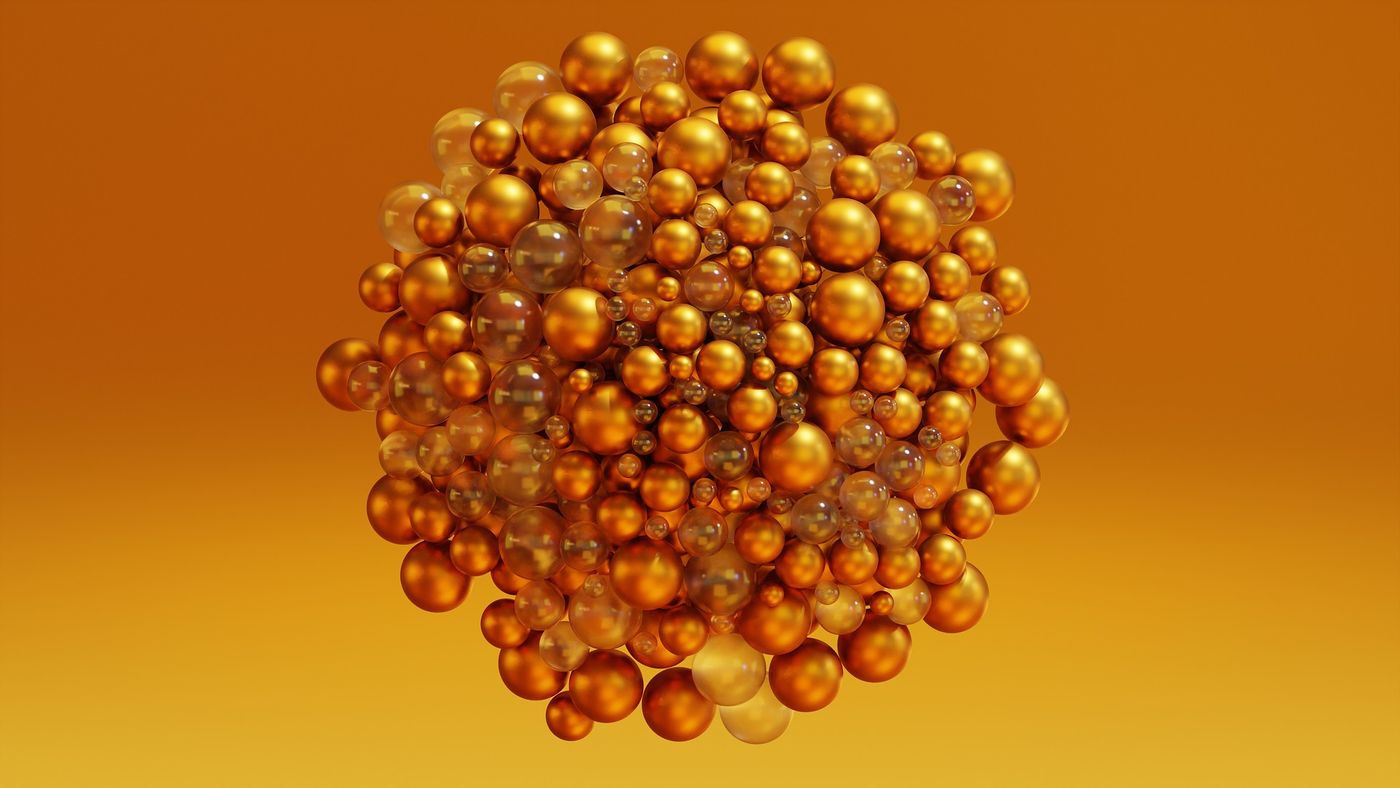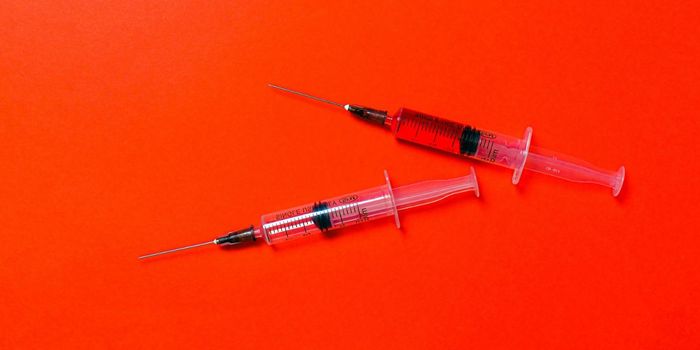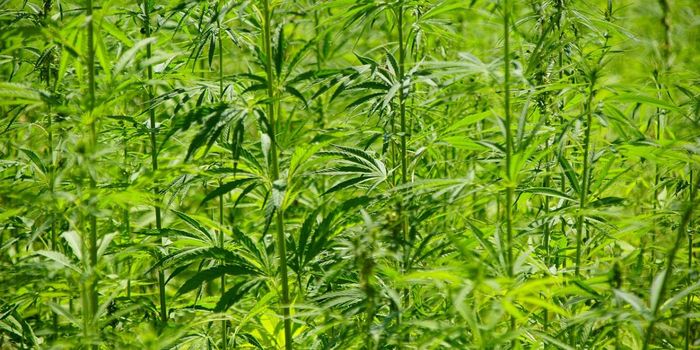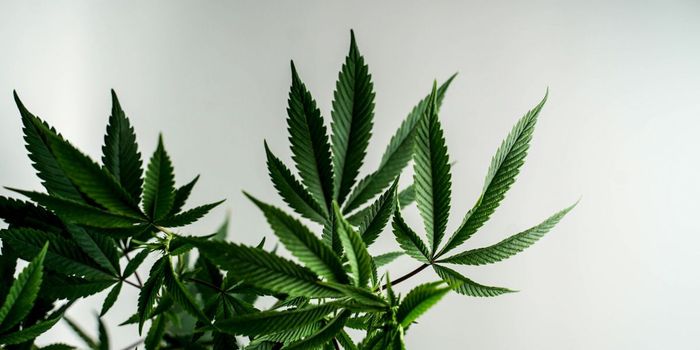Hemp-Mediated Synthesis of Gold & Silver Nanoparticles for Bacterial Biofilm Inhibition
For many years, antibiotic resistance has been urgently rising as a globally-significant public health concern. More recently, increasing knowledge on the conferral of enhanced antibiotic resistance by biofilm microenvironments has highlighted the role of biofilm formation and maturation in antibiotic-resistant infections.
Gold and silver nanoparticles have emerged as encouraging antimicrobial alternatives to the currently available antibiotics that are in widespread use across the globe (those of which have been rendered ineffective against multidrug-resistant bacterial strains). Notably, previous studies have shown that these metallic nanoparticles are capable of biofilm inhibition.
With ‘green synthesis’ methodologies (i.e., the use of plants or microorganisms as reducing agents in nanoparticle production) continuing to gain favor among the nano-biotechnology community, there have been increased efforts made by researchers to identify efficient, cost-effective, and environmentally-friendly sources for nanoparticle production.
In a recent study published in the International Journal of Nanomedicine, researchers from Sweden and Denmark explored Cannabis sativa (industrial hemp) for its potential to efficiently produce metallic nanoparticles via green synthesis in hopes of developing a more effective treatment for infections caused by antibiotic-resistant, biofilm-forming bacteria.
By combining the slew of naturally-occurring, biologically active compounds within C. sativa extracts (and subsequently their presumptive medicinal properties) with the antibacterial activity of metallic nanoparticles, the research team intended to establish an improved bacterial biofilm therapeutic.
Aqueous C. sativa stem extract was separated into two fractions:
- Cortex – a bast fiber-enriched outer layer of the plant stem.
- Xylem – part of the inner layer of the stem’s core, a predominant source of hemp’s well-known phenolic compounds (i.e., alkaloids and cannabinoids).
To synthesize the nanoparticles, each of these fractions was incubated with metal salt solutions containing either gold (HAuCl4⋅3H2O) or silver (AgNO3). From these reactions, a variety of different nanoparticle types were successfully yielded (fiber-gold nanoparticles, F-AuNPs; core-gold nanoparticles, C-AuNPs; and core-silver nanoparticles, C-AgNPs). Each type of nanoparticle was vigorously characterized using a variety of complementary chemical methods and analyses.
The silver nanoparticles (C-AgNPs) were further assessed for their potential to inhibit Pseudomonas aeruginosa and Escherichia coli biofilms using minimum inhibitory concentration (MIC; indicative of bacteriostatic potential), minimum bactericidal concentration (MBC; indicative of bactericidal potential), and biofilm formation assays.
AgNPs exhibited a potent inhibitory effect against biofilm formation by all bacterial strains assessed (P. aeruginosa, E. coli, and Staphylococcus epidermis). Notably, the inhibition sensitivity appeared to be dependent on the strain’s presence/absence of a peptidoglycan cellular envelope: gram-positive strains (i.e., S. epidermis) required higher nanoparticle concentrations for inhibition as compared to gram-negative strains (i.e., P. aeruginosa and E. coli).
The authors concluded that although further studies are needed to ensure consistency in nanoparticle size and shape within designated ranges, the results of this study provide encouraging evidence in support of employing C. sativa-mediated green synthesis of metallic nanoparticles towards the inhibition and disruption of bacterial biofilm formation and maturation.
Sources: G. Pal, P. Rai, & A. Pandey’s Chapter 1 in Micro and Nano Technologies, Green Synthesis, Characterization and Applications of Nanoparticles; International Journal of Nanomedicine









